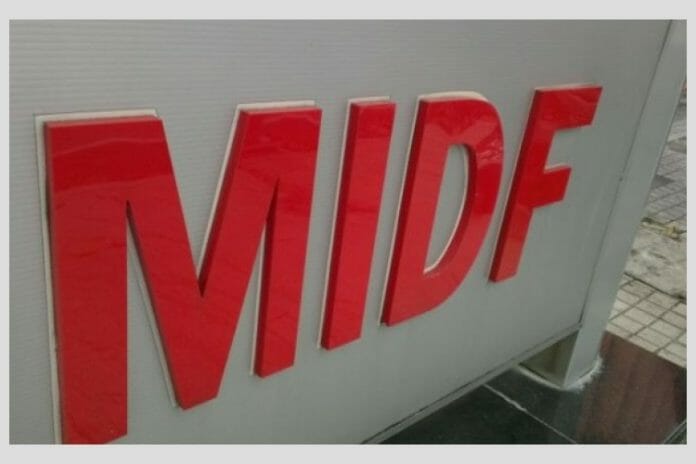Business repayment ability may not be as rosy as BNM suggests, MIDF point to higher operating margins resulting from a skewed sample size, as less profitable businesses would have already closed shop and Government assistance artificially elevating spending to unsustainable levels, looser monetary policy reducing interest payments, thus boosting Interest Coverage ratios.
The reearch house also pointed to certain sectors still lagging, for instance HoReCa margins have benefited from border reopening. Manufacturing, construction, and raw-material and labor-intensive industries are still falling behind. SME RA loan numbers face a steep decline and what’s more promising is that the impairment ratios of these graduating loans are lower than that of the system SME loan base. Additionaly household loans exiting RA programmes have it hard, their impaired loan ratio is ~50bps higher than that of system household loans.
An improving labor market may be a saving grace for this segment howevr lower income households are likelier to face issues with debt servicing ability with 65% of borrowers-at-risk are earning below RM5k.
MIDF also noted the household debt-to-GDP had improved, though unlikely to be sustainable. It is wary of the effects of significant government aid used as GDP stimulation measures – and worries hat GDP reliance of debt will increase following reduction of such measures.
- As for the banking sector, the system is still adequately protected. NSFR and capital ratios are still healthy. External debt exposure is still manageable due to banks solid risk-containment measures. While system GIL ratio has risen to 5.8% in sensitivity analysis, capital ratios remain at 15.4%, well above requirements. Gradual SRR normalization likely. BNM hinted that GDP growth was still a priority, and they intend for banks to maintain a pool of excess liquidity following the end of SRR flexibility in Dec-22.
Looking at businesses the research house opnies that they are healthier now, though signs may be less optimistic than BNM suggests… BNM’s Key Financial Performance Indicators (KFPI) point towards an overall improvement in aggregate financial performance of businesses since the pandemic. It points towards an improvement in metrics in 2QCY22 in contrast to prepandemic (2015-2019) performance.
MIDF is skeptical of the lasting impact of such improvements due to several reasons: The sample size is skewed
towards naturally hardier, cash-intensive enterprises with better operating margins – the pandemic would have eradicated
weaker businesses from the sample pool, the current rate of spending is unsustainable: Cash-handouts and financial
aid by EPF may have artificially elevated spending in 2QCY22, andl looser monetary policy would lead to an improved
Interest Coverage ratio (ICR), given the reduced payments for floating-rate loans.
Going forward, banks may still reap the benefits of lower credit costs and OPR hike-related benefits and recovery of non-interest income sources. Additionally, the banking sector is often synonymous with high dividend yields, with several names offering yields above >4%. This should offset headwinds: namely asset quality concerns, normalization of operating expenses, heightened deposit competition, and a moderation in loan growth following OPR normalization. However, MIDF is wary of the possibility of Prosperity Tax 2023 being announced in the Budget 2023 announcement, which may result in downward pressure to earnings forecasts and share price.









